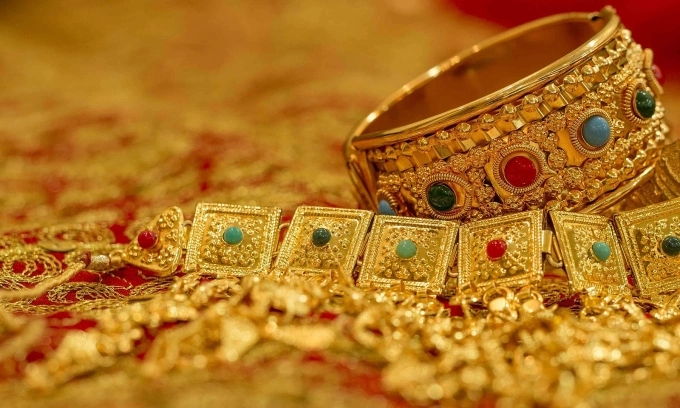
Verifying the purity of gold bars or jewelry can be tricky. Illustration photo by Pixabay
I must bring my gold to the shop to melt down if I want to check its purity, but what if it turns out to be below standard?
I recently came across a story online about a customer who had bought several dozen taels of gold (1 tael = 37.5 grams or 1.2 ounces) from a small shop. When gold prices rose, the customer tried to sell the gold back, only to be told the shop did not have enough money.
Pressed for cash, the customer turned to another jeweler, where the gold was melted down for testing. However, it was found to be below standard and that shop refused to buy it. Thankfully, after much back and forth, the original store finally agreed to repurchase it.
Reading this made me uneasy, as I also live in the same province and regularly invest in gold. But as I cannot afford products from large, well-known brands like Saigon Jewelry Company, I usually purchase plain 24K rings from local shops and, over time, have accumulated nearly 15 taels of them.
Each ring carries a tag with the name of a gold shop, but the name printed on mine is not the shop where I made the purchase. When I asked about this, the store explained that it sources the items from another goldsmith and the tags name the manufacturer rather than the seller.
Although I do not intend to sell my gold yet, the story left me questioning its purity. From what I learned, testing requires taking it to a shop with a spectrometer. But this machine supposedly only measures the gold content on the surface, not the inside.
Meanwhile, melting the gold would give a clearer result but destroy the rings’ original form. It might also involve a fee. But more importantly, if the test showed the gold was below standard, how could I demand compensation from the seller once the items had already been reduced to an unrecognizable lump?
*The opinion was translated into English with the assistance of AI. Readers’ views are personal and do not necessarily match VnExpress’ viewpoints.





